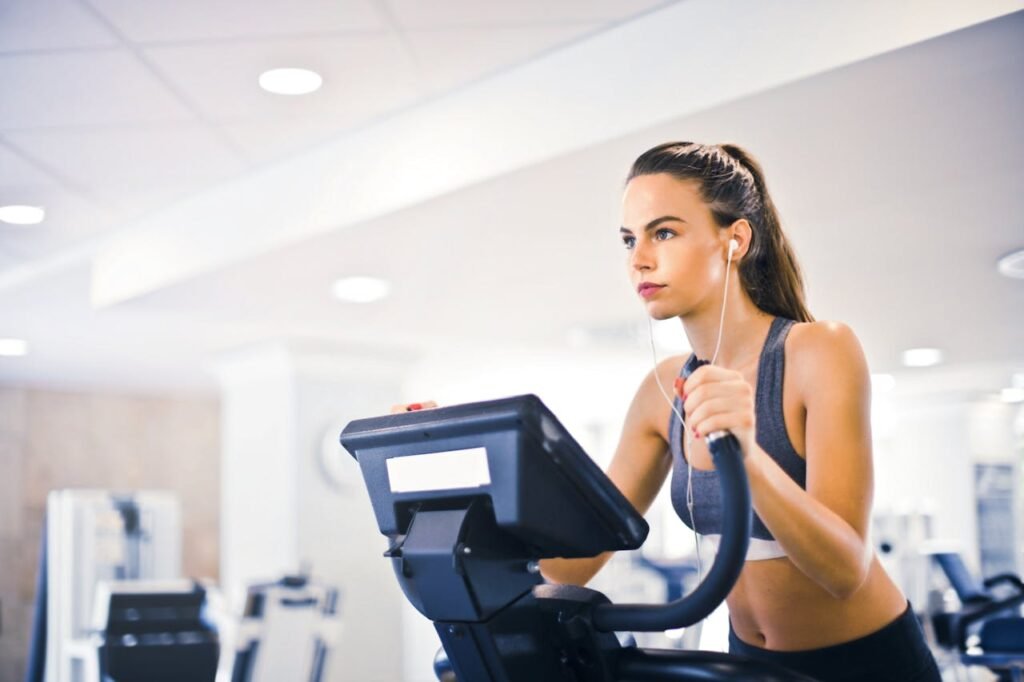Physical health is fundamental to overall well-being, influencing every aspect of our lives from daily activities to long-term health outcomes. This article explores the key components of physical health, provides practical insights, and highlights the importance of maintaining a healthy lifestyle.
Importance of Physical Well-being
Physical well-being encompasses the condition of your body, including fitness levels, energy levels, and overall health. It affects how you function physically, mentally, and emotionally, contributing to quality of life and longevity.
Components of Physical Health
Cardiovascular Health
Cardiovascular fitness is crucial for a healthy heart and circulation system. Regular aerobic exercise, such as brisk walking, jogging, or swimming, improves heart function, reduces the risk of heart disease, and enhances overall endurance.
Muscular Strength and Endurance
Strength training exercises, such as weightlifting or resistance training, build muscle mass and increase muscular strength. Strong muscles support joint stability, improve posture, and help prevent injuries related to physical activities.
Flexibility and Mobility
Flexibility exercises, including stretching routines or yoga, promote joint flexibility and range of motion. Improved flexibility reduces muscle stiffness, enhances agility, and supports better overall mobility and balance.
Nutrition and Physical Health
Balanced Diet
A balanced diet rich in fruits, vegetables, lean proteins, and whole grains provides essential nutrients for overall health. Proper nutrition supports optimal body function, energy levels, and immune system strength.
Importance of Hydration
Staying hydrated is essential for maintaining bodily functions, regulating body temperature, and supporting nutrient transport. Drinking an adequate amount of water daily helps prevent dehydration and promotes healthy skin and organ function.
Exercise and Physical Activity
Types of Exercise
Physical activity includes aerobic exercises, strength training, flexibility exercises, and balance activities. Incorporating a variety of exercises into your routine promotes overall fitness and targets different muscle groups.
Benefits of Regular Physical Activity
Regular exercise reduces the risk of chronic diseases such as heart disease, diabetes, and obesity. It boosts mood, improves mental clarity, and enhances overall well-being by releasing endorphins and reducing stress hormones.
Mental Health and Physical Well-being
Connection Between Physical Activity and Mental Health
Exercise stimulates brain chemicals that improve mood and reduce feelings of anxiety, depression, and stress. Physical activity promotes better sleep patterns, enhances cognitive function, and increases overall self-esteem.
Stress Reduction Techniques
Engaging in physical activities like yoga, tai chi, or mindful walking reduces stress levels and promotes relaxation. Deep breathing exercises, meditation, and progressive muscle relaxation techniques also support mental and emotional well-being.
Sleep and Recovery
Importance of Quality Sleep
Quality sleep is vital for physical recovery, memory consolidation, and immune function. Establishing a consistent sleep schedule and creating a conducive sleep environment support overall health and well-being.
Recovery Strategies
Incorporating rest days into your exercise routine allows muscles to repair and recover. Techniques such as foam rolling, massage therapy, and hot/cold therapy enhance recovery after physical exertion.
Preventive Care and Screening
Routine Health Check-ups
Regular visits to healthcare providers allow for early detection of health issues and proactive management of chronic conditions. Comprehensive physical exams, blood tests, and screenings tailor preventive care to individual health needs.
Healthy Habits for Physical Well-being
Managing Stress
Effective stress management techniques, such as time management, setting realistic goals, and practicing mindfulness, reduce the impact of stress on physical and mental health.
Avoiding Sedentary Lifestyle
Reducing sedentary behavior and incorporating movement breaks throughout the day promote circulation, reduce muscle stiffness, and improve overall energy levels.
Promoting Work-Life Balance
Balancing work responsibilities with leisure activities, hobbies, and social interactions supports mental well-being and prevents burnout. Setting boundaries and prioritizing self-care contribute to a healthy lifestyle.
Healthy Aging and Physical Health
Physical Activity in Aging
Regular physical activity enhances mobility, reduces the risk of falls, and maintains independence as we age. Exercise programs tailored for older adults improve cardiovascular health, muscle strength, and joint flexibility.
Managing Chronic Conditions
Managing chronic conditions, such as arthritis or hypertension, through medication adherence, lifestyle modifications, and regular monitoring supports overall health and quality of life in older adults.
Environmental Factors and Physical Health
Impact of Environment on Health
Environmental factors, including air quality, access to green spaces, and community safety, influence physical health outcomes. Creating supportive environments promotes physical activity and reduces exposure to health risks.
Creating Healthy Living Spaces
Designing living and work environments that encourage physical activity, healthy eating habits, and stress reduction contributes to overall well-being. Urban planning initiatives and workplace wellness programs support healthy lifestyle choices.
Technology and Physical Health
Health Apps and Wearable Devices
Health apps and wearable technology track fitness metrics, monitor vital signs, and provide personalized health recommendations. These tools enhance self-management of physical health and promote active lifestyles.
Telehealth Benefits
Telehealth services offer remote access to healthcare professionals for consultations, monitoring chronic conditions, and receiving medical advice. Virtual healthcare appointments improve access to care and support continuity of health services.
Conclusion
Maintaining physical health requires a holistic approach that integrates nutrition, exercise, preventive care, and environmental considerations. By prioritizing regular physical activity, balanced nutrition, and proactive healthcare, individuals can enhance their quality of life and longevity.

